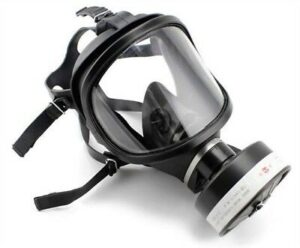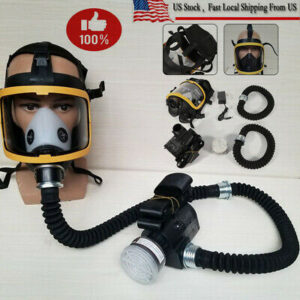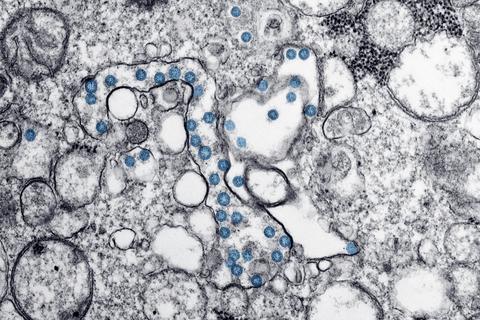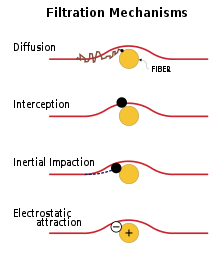‘Everyone is panicking’: UK quarantine decision shocks Britons in Spain
Requirement to self-isolate on return to Britain will further damage tourism industry.
News that the British government had imposed a two-week quarantine on those returning from Spain quickly soured the Saturday night mood in the Brew Rock beach bar in Altea, Alicante – and across the rest of the country. The need for returning Britons to self-quarantine will further hobble a tourist sector that had already been preparing for a difficult summer in the wake of the Covid-19 crisis. Spain went into one of Europe’s strictest lockdowns nine days before the UK, and the wearing of face masks in public places has been compulsory since 21 May. “Now to be hit with this is just unbelievable,” said Griffin. “Honestly, it’s just unbelievable. A lot of businesses have slowly but surely started to open their doors and take their staff off [temporary furloughs] and now to be faced with this is just another knock-back.” The timing of the British government’s announcement was also questioned by people at Madrid’s Barajas airport.
America faces an epic choice …
… in the coming months, and the results will define the country for a generation. These are perilous times. Over the last three years, much of what the Guardian holds dear has been threatened – democracy, civility, truth. The country is at a crossroads. Science is in a battle with conjecture and instinct to determine policy in the middle of a pandemic. At the same time, the US is reckoning with centuries of racial injustice – as the White House stokes division along racial lines. At a time like this, an independent news organisation that fights for truth and holds power to account is not just optional. It is essential.
The Guardian has been significantly impacted by the pandemic. Like many other news organisations, we are facing an unprecedented collapse in advertising revenues. We rely to an ever greater extent on our readers, both for the moral force to continue doing journalism at a time like this and for the financial strength to facilitate that reporting.
We believe every one of us deserves equal access to fact-based news and analysis. We’ve decided to keep Guardian journalism free for all readers, regardless of where they live or what they can afford to pay. This is made possible thanks to the support we receive from readers across America in all 50 states.




